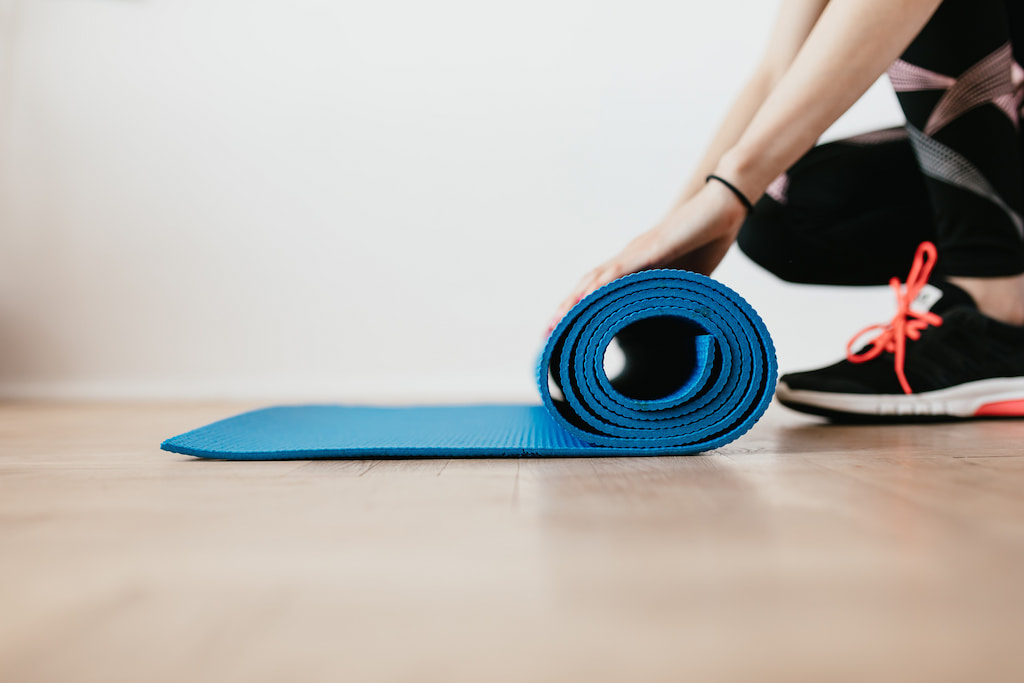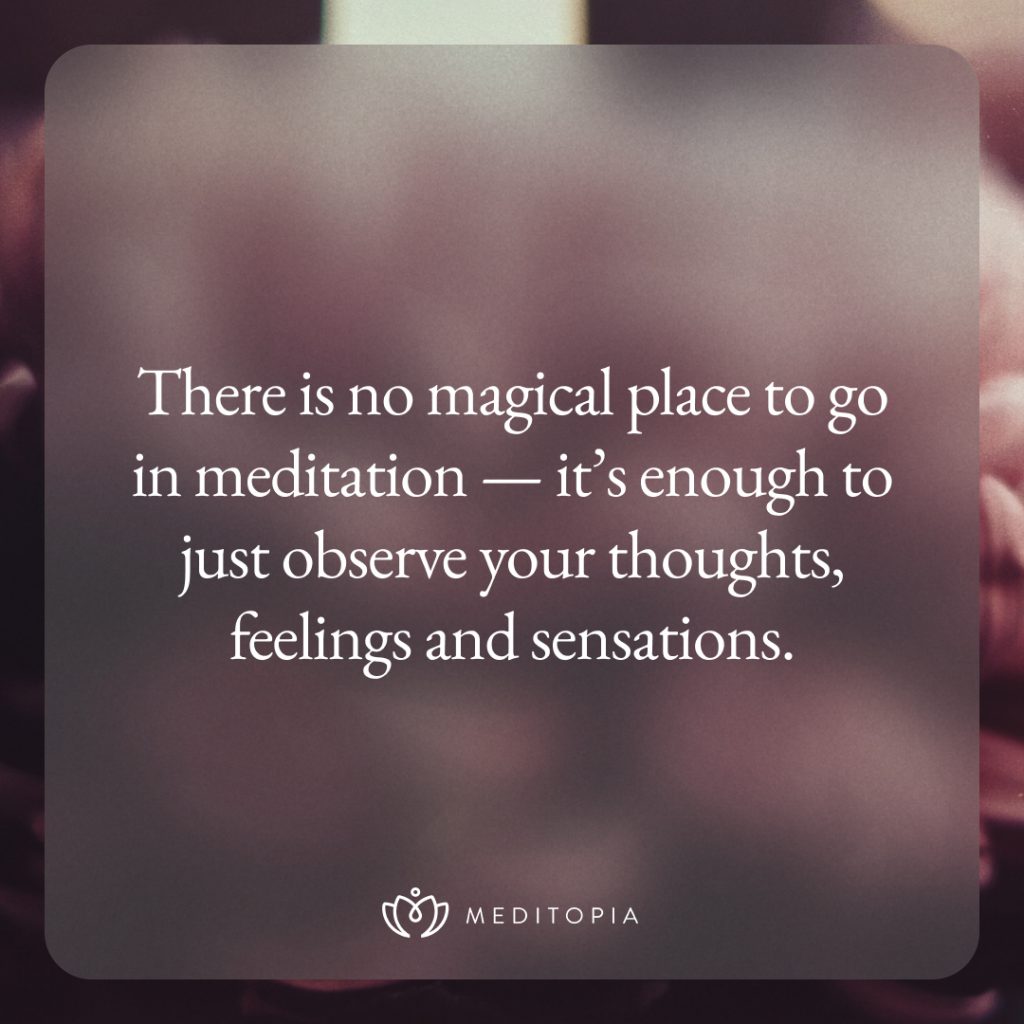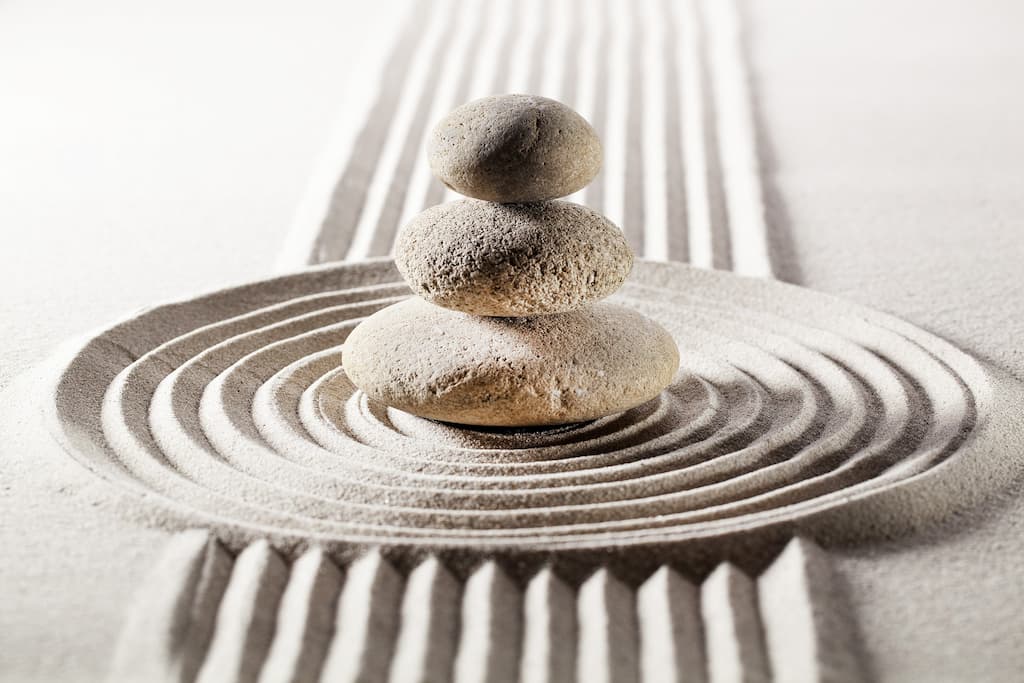The Relationship Between Meditation & Yoga

Meditation and Yoga
Meditation and yoga are generally like two peas in a pod and you’ve probably heard that the two often go hand in hand. Now, let’s take a closer look… We tend to perceive yoga as poses and difficult physical movements whereas we see meditation as a complicated mental exercise (particularly tricky for those who don’t practice it). Because one is seen as rooted in movement and one is assumed to reside solely within the mind, it may seem hard to understand what the two have in common or why they’re closely related. In fact, the relationship between them is quite simple!
What do we understand through meditation?
Meditation is a concept and practice that we see in various cultures and esoteric teachings. Even though there may be some differences in terms of practice and principles across these different cultures and teachings, there are shared factors and common definitions when it comes to meditation, the most fundamental one being awareness. We often use various techniques and tools to gain awareness and if you’d like to get a deeper understanding about this topic, you can check our blog post What is/isn’t Meditation?
Meditation is a practice that asks us to direct our focus and awareness to our inner world. It’s not an action or a destination, it’s a process, it’s a state. Hopefully, this definition helps you better understand these relationships and practices, but if you’re still a bit confused by the seeming mysteriousness of it all, don’t worry. You’re not alone. In fact, meditation is a complicated practice for almost everyone, especially in the beginning. That’s why many teachings suggest the most basic and accessible tools and practices for beginners.

Yoga Teaching
To put it simply, yoga is one teaching offering its own tools, techniques, and path toward awareness. Another way to think of it is that yoga invites you to know the universe by knowing yourself. Yoga has become one the most widespread practices around the world. And there are particular reasons behind its increasing popularity.
As a result of social media and the internet, many have been exposed to different points of view and information from all over the world. In this way, yoga has become a bit more widely accessible, though it’s by no means a new practice, with its origins dating back into ancient history.
Yoga teachings have traveled from India to other countries in the last century via several instructors. Yoga’s philosophies and disciplines can span from intense physical practice to pedagogical narration. What do we mean by pedagogical? There are 8 steps in yoga instruction through which one achieves awareness. While some of these steps are more abstract, there are also some that everyone can practice in their daily lives. The steps are as follows:
- Yama
- Niyama
- Asana
- Pranayama
- Pratyahara
- Dharana
- Dhyana
- Samadhi
The first two steps are about the behavioral patterns and ethical principles that we need to adapt when it comes to ourselves and those around us. For example, principles like “non-violence” or “no stealing”… These form the philosophical foundation of yoga, and they also show us the mindset and attitude we need to assume while practicing the next steps. The third step “asana” means “posture”.

What we know as “yoga” is actually the practice of asana. In yoga teaching, the asanas or postures help our body relax, unwind, strengthen, and carry us into a deeper mediation position. Additionally, in all such holistic teachings the body, mind, and soul are considered to be interrelated and to function as a whole. The aim of yoga poses is not to execute them perfectly or to be an acrobat. Rather, the priority is flowing from one pose to another and the harmony between our breath and body. In this way, we apply an awareness discipline rather than an exercise discipline. We first intend to make sure that our mind doesn’t wander around while practicing a pose and to keep our awareness on our body and in the present moment. Therefore, we can define the physical practice of yoga as being in a meditative state while keeping the body active.
That said, these physical poses are also very good exercise. They push the strength, flexibility, and balance limits of the body. In fact, the physical aspect of yoga is one the most important reasons why it’s been embraced by the masses and continues to grow more and more popular.
It’s also an option to practice yoga without the philosophical foundations. When practiced as an exercise routine, yoga can have many benefits. We know from neuropsychological disciplines like “somatic experiencing” that emotional states impacting our daily mood generally take place within our body. We also know that our mental state, mood, and overall health can be closely related to the way our nervous system functions. For the well-being of our nervous system, physical exercise is one of the most effective ways for making new neural connections, an additional benefit that meditative practices provide.
Pranayama is simply a series of breathing exercises that increase our physical energy, help our hormonal system function, and regulate our mental processes.
Perhaps the concepts that come to mind when you hear the word “yoga” have now shifted a little bit! Yoga and meditation are inseparable, supporting one another as similar concepts.
As we continue to move through the yoga steps, we can consider them as a sub-group of meditation. In teachings like Yoga, Buddhism, Sufism and others, there’s a final step called enlightenment. This final step actually corresponds to the deepest meditative state in which one comprehends unity and wholeness with the universe. The word yoga originates from “yuj” meaning “unity, whole”. In each teaching, the method used toward enlightenment differs. The Eastern disciplines hold different principles and foundations than the Western perspective, which is often dominated by positive thinking and materialism. Prior to the last steps, you’re working on deepening your awareness and focus as you get to “Samadhi,” or, the more popular term: “Nirvana”.

Meditation & Yoga
What’s the first thing that comes to mind when you hear the word meditation? Sitting in a lotus position? Closing your eyes? Mediation is a very broad concept. However, when we consider meditation as a mindfulness practice that focuses on our breathing and our senses and is often done from a seated position, we can see that this is a practice derived from yoga. In fact, yoga used to be practiced only as deep meditations when there were no written texts on the subject and the practice was conveyed verbally.
With the emergence of some information from old yogic texts and having a more systematic function, the 8-step framework was founded. When we look at these steps in the light of physics, biology, and physiology today, the relationship between mediation and yoga becomes clearer.
Mindfulness tells us that we can form new neural connections in our brain with awareness practices. This is quite revolutionary as these new neural connections increase the grey matter in our neocortex, which is the most developed part of our brains. That means it’s possible to reshape our old habits, automated behaviors, unconscious actions, and even addictions.
So, what does that mean exactly? Let me explain: Mindfulness actually gives us the opportunity to become individuals who can guide our own behaviors in our relationship not only with ourselves but also with our environment, who can regulate our emotions and establish healthy boundaries. These new connections and behaviors help us activate a particular part of our nervous system which is unique to Homo sapiens. This part supports being a community, establishing trustworthy connections, providing care, and socializing. So, we can say that practicing yama and niyamas in yoga allows us to know ourselves better through meditation, becoming a more authentic version of ourselves.

The flow of our breath is closely related to this nervous system mode as relaxed and balanced breaths help us transition into this safe mood more easily. Additionally, practicing stronger breathing exercises and training our muscles that control our breathing helps to maintain and support our immune system.
Based on the recent advancements in the science world, we know that working on our body helps us to alleviate heavier emotions and traumas from our physical memory, positively impacting how we navigate challenging emotions in our day to day. Further, our capacity to experience happiness and safety increases.
In yoga and other similar holistic teachings, there’s a quest for a clear mind free of the residues of past experiences, which is actually expressing the meditative state.
We can say that yoga is the sum of practices recommended for being in a meditative state. In each step, it includes specific benefits and internal practices. You can use these practices to make your daily life easier, to train your muscles, or to deepen your meditation practice. If you don’t feel comfortable with the meditation practices through yoga, you can always try different approaches and disciplines. The most important contribution of yoga is its emphasis on breath and body awareness. The basic meditation in yoga is practiced in lotus position by keeping your awareness on your breath, one of the most popular ways of meditating.
I hope this article helps you better understand the relationship between yoga and meditation! If you’d like, please share your experience with us in the comments.
Translator: Damla Saydam Çizme

